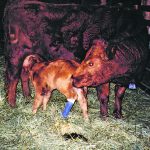
Stories by Heather Smith Thomas

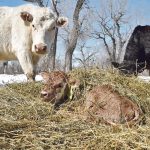
Scours still the No. 1 killer of newborn calves
Veterinarians say not all cases can be prevented, which makes early detection and treatment particularly important
Diarrhea is the number one killer of calves in their first weeks of life. Even with the best prevention strategies, some calves get sick if they don’t get enough colostrum or are severely stressed by bad weather that compromises their immune systems. Not all cases can be prevented so early detection and treatment are important. […] Read more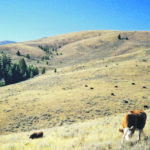
Making the case for livestock grazing
Prof says those who argue rangeland is too fragile for livestock forget it supported millions of animals before settlement
Grass and grazing animals evolved together in North America, where bison, pronghorns and elk grazed the plains while elk, deer, bighorn sheep, mountain goats and Wood bison grazed more rugged and mountainous regions. Given that natural history, a grazing expert with Utah State University says he is disappointed by those who think livestock grazing is […] Read more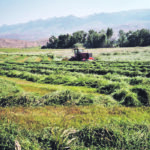
Rake-bunched hay a winter option
Raking windrows into numerous piles can keep cattle grazing longer but the piles must be big enough to find in the snow
Rake-bunched hay is one option to reduce winter cattle feed costs, which are generally the most expensive aspect of owning cattle. If cattle can graze longer and feed themselves in the field, they also tend to stay healthier, says David Bohnert, beef extension specialist with Oregon State University. Rake bunching involves raking windrows into numerous […] Read more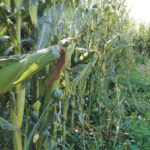
Intercropping study takes a look at corn
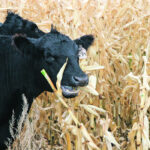
Making corn strip-grazing work
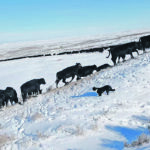
Instinctive migratory grazing makes a return
Learning how to manage cattle as a herd the way nature intended allows producers to more easily move their animals
Cattle evolved as herd animals, grazing together as they moved. Domestication and confinement disrupted herd dynamics and only recently have people learned how to best manage them in pasture. Rotational grazing was a start, followed by mob grazing. The latest but oldest management tool is instinctive migratory grazing. Bob Kinford of Van Horn, Texas, gives […] Read more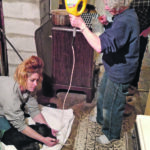
Colostrum window closes quickly
Quick action needed because most antibody absorption will occur in the first two or three hours and diminishes after that
Human babies can derive antibodies from mothers but calves have no such advantage. That’s why colostrum is so important to newborn calves. “A calf is born with almost no antibodies against disease pathogens. Survival is dependent on receiving those antibodies from colostrum, before gut closure,” says Dr. Deborah Haines, founder of the Saskatoon Colostrum Company […] Read more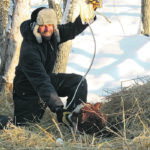
Choose colostrum substitutes with care: vet
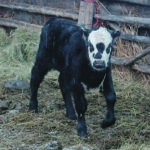
Winter calving brings frostbite risk
Warm water helps thaw feet, ears and tail if indoors but not if calf is still outdoors because moisture will further cool it
Winter calving brings risk of frostbite and frozen ears or tails and it is also a risk for older calves if there isn’t adequate shelter. Sick calves are even more vulnerable due to dehydration or poor circulation. Dr. Ted Clark, a retired veterinarian and pathologist, has seen many cases of severe frostbite in his career. […] Read more


